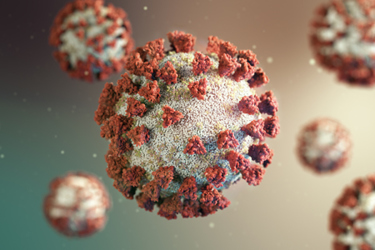Unlocking The Future: Exploring Viral And Non-Viral Delivery Methods For Gene Therapy Manufacturing

The success of any gene therapy depends on its ability to deliver genetic material into target cells. This process relies on a delivery vehicle, or vector, which falls into one of two main classes: viral or non-viral. Viral vectors use modified, harmless viruses like AAVs and lentiviruses to transport therapeutic genes, capitalizing on their natural efficiency. Non-viral methods use synthetic carriers, such as lipid nanoparticles (LNPs), or physical forces, like electroporation, to achieve delivery. Each category has distinct advantages and disadvantages related to efficiency, safety, and production. Understanding these differences is essential for anyone involved in the development and manufacturing of gene therapies.
Read the full article to explore the specifics of each delivery method.
Get unlimited access to:
Enter your credentials below to log in. Not yet a member of Cell & Gene? Subscribe today.
